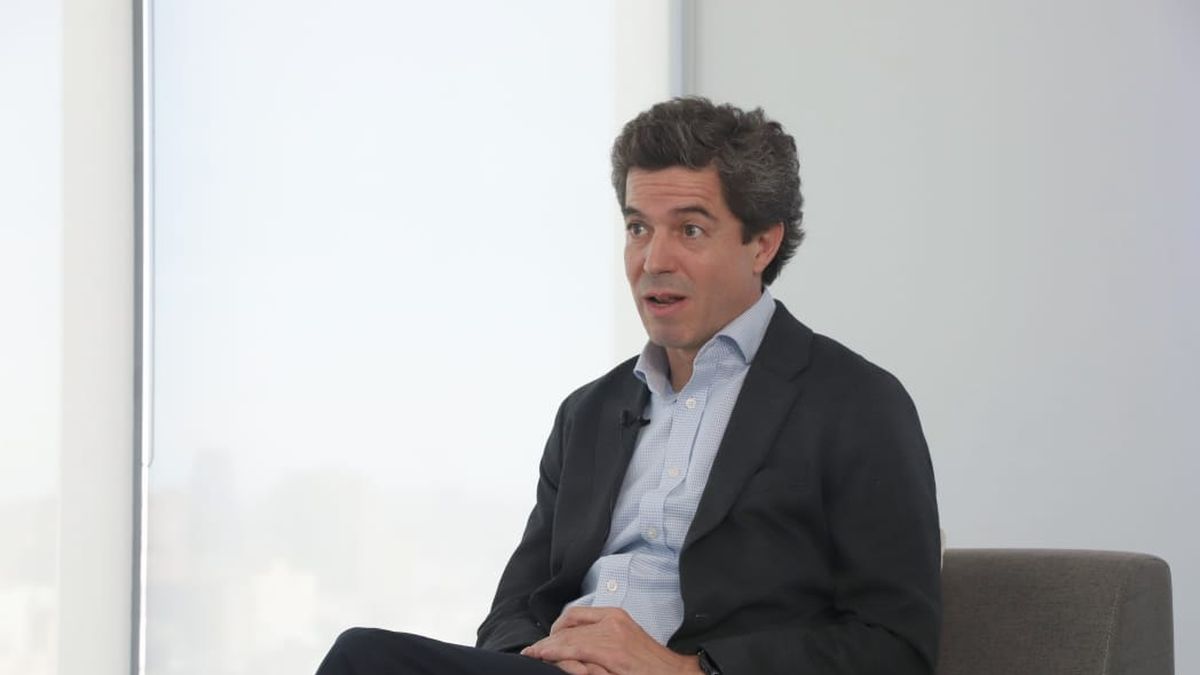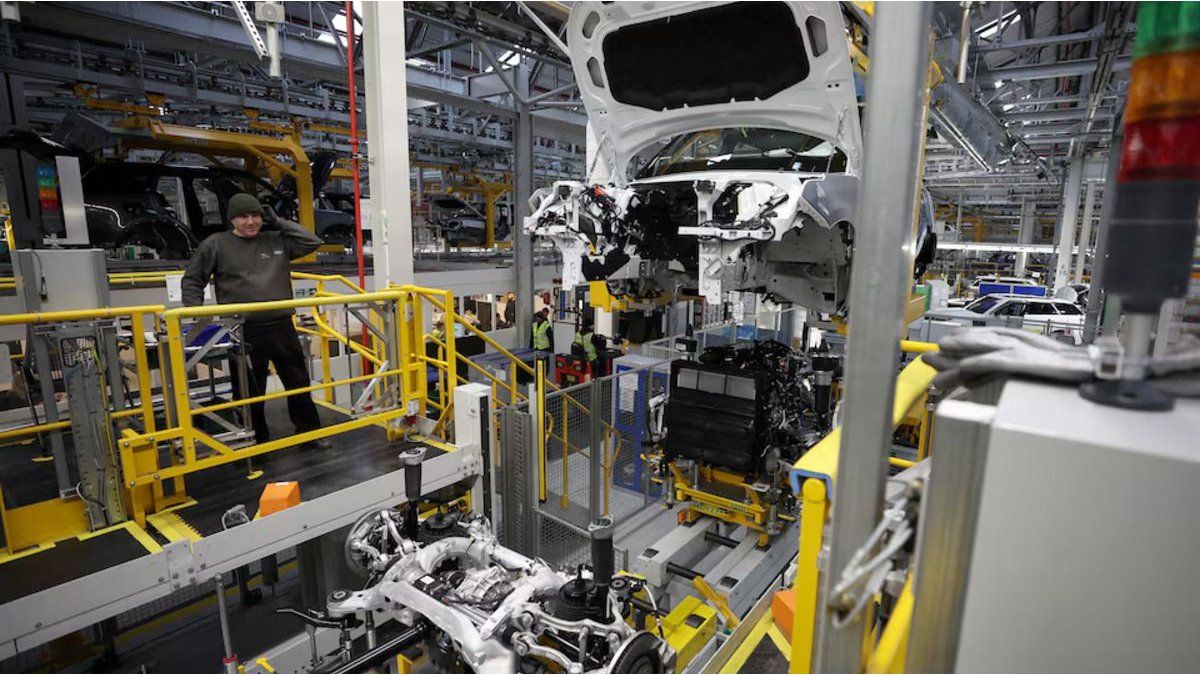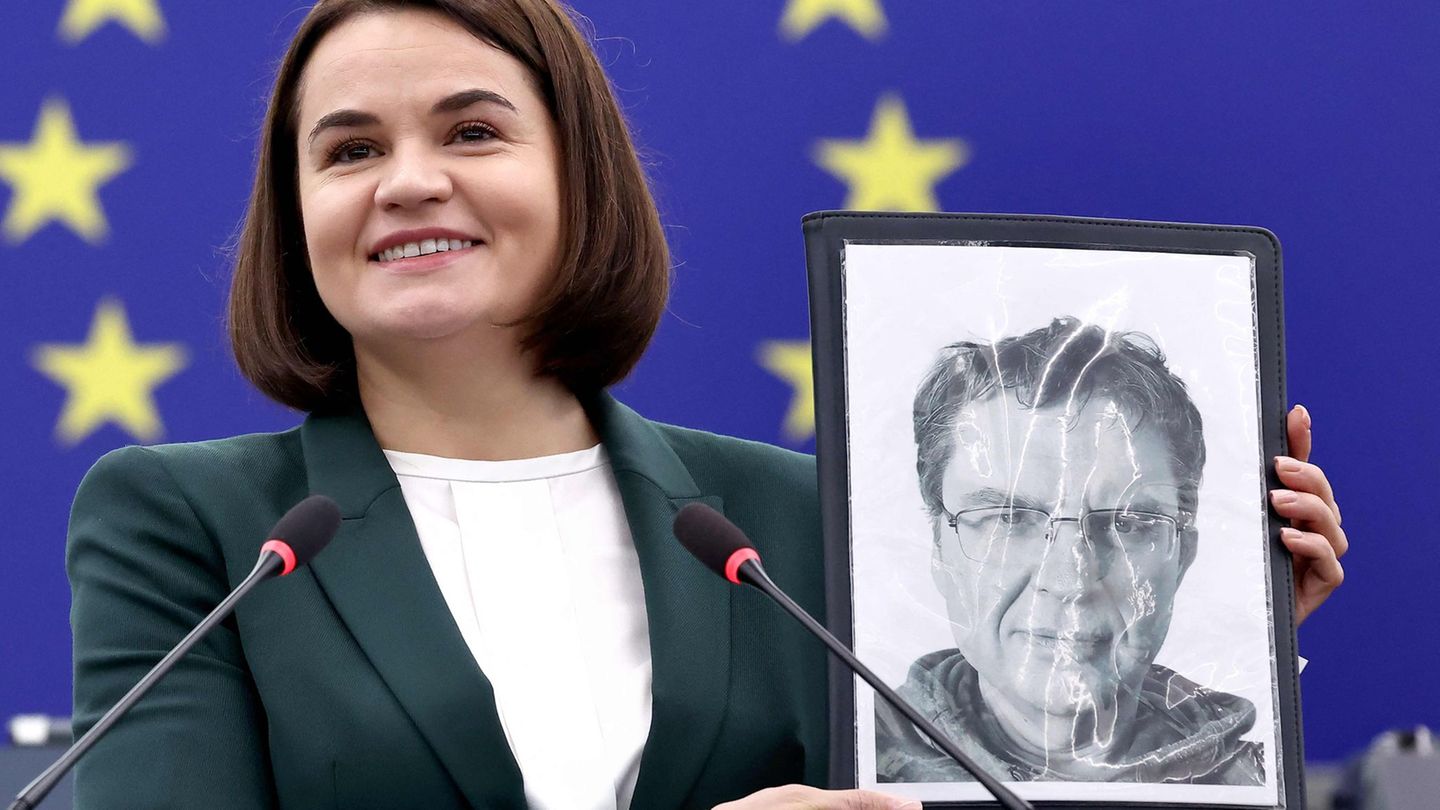He Minister of Infrastructure of the City of Buenos Aires, Pablo Bereciartua, He highlighted the goal of achieving an “emission-free” district by 2050 when he starred in the second panel on New Mobility of Scope of Debate, Moderated by Ámbito’s policy editor, Ariel Basile.
The impulse to the sustainability, the implementation of a new electric transport system and optimization of the subway, he Metrobus and the cycle paths were some of the key points that the official highlighted regarding the Buenos Aires government’s strategy.
Bereciartua considered that “mobility has always been and will continue to be central to cities, which are increasingly important in economies” and highlighted: “Cities that generate 80% of the world’s GDP, create wealth and enable value-added industries are the cities that function well.”
“Part of this is that we can move efficiently, save time and do it sustainably,” said the minister, highlighting that “the City of Buenos Aires is on a path to gain a lot in this regard, with a very successful agenda with the Metrobus, the network of cycle paths and being one of the first in the world to have a subway.”
“The challenge going forward is to ensure that the system is equitable for all and increasingly sustainable,” defined, synthesizing the heart of his management.
An emission-free Buenos Aires by 2050
With the example of Madrid, Bereciartua reaffirmed the importance of the energy transition, which he defined as “part of the central agenda in the main cities of the world.” Regarding the Spanish capital, he highlighted that “it has been investing heavily and is committed to transforming the city into an emission-free city by 2025” and compared the goal of the city government: “We in Buenos Aires are committed to achieving this by 2050.”
In this line, he highlighted the implementation of discounts on the tolls and the patents for owners of electric and hybrid vehicles which “reaches a still low number of users, but it is one more incentive,” while maintaining that the administration of Jorge Macri “is moving forward with a plan to have charging points for electric cars in public spaces in freely accessible locations.”
Thinking about public transport, he announced that “there is a tender underway to put the first ones into operation mini MUBE (Urban Mobility of Electric Buses)” and confirmed that “the first line will be in the downtown area between San Martin Square and Lezama Park, for about three kilometers.”
“The goal is for it to operate in 2025 without noise, without emissions, and to help reduce the use of cars and have alternative means of transport that allow us to move in an efficient, effective and sustainable way,” the official explained.
To this he added a future project to build a new tram bus line. “They are electric trams that would complement the transport network. It would be the first case in America, but it is highly adopted in Europe and Asia, with 5 cities in China, 14 in France and 3 in Spain,” he said.
Regarding this modality, he pointed out that “it does not emit or generate noise and can move as if it were a tram but without the need to build a metal track, which creates flexibility to change the route if necessary and reduces investment in infrastructure.”
Buenos Aires and a unique opportunity for infrastructure investments
Within the management plan, the minister indicated that “what is complementary is the investment in infrastructure, where we advance in a challenging economic context of the country” and highlighted Jorge Macri’s decision to “renew the Dellepiane motorway, a section that is more backward and links the City through the May 25th and the Riccheri with the province and the Ezeiza airport.”
At the same time, he said that “it is a commitment of about 100 million dollars to create a park highway, complete the collectors, build bridges and hydraulic works.”
“With regard to future mobility, we are designing an exclusive lane in the center for public transport where we think that if the electric mobility alternative works well, we could use it on highways with the expectation of linking the two airports with a sustainable and efficient electric means”, Bereciartua predicted.
Referring to the subway, the minister stressed that today the search is for “the improvement of the service and the renewal of stations, some with a new format, because they are old.”
In this regard, he described as “central” the renovation of the transfer centers and the progress with the burying of some of them. “Madrid buried them and we are analyzing doing the same in Madrid.” Retiro, Constitution, Once and Plaza Italia to generate more public space on the surface, better connections and less noise.”
“We need to improve the macro to attract more competitive financing lines and create formats for concessions and participation for private companies. The opportunity that Buenos Aires offers for long-term infrastructure investments is unique in the region,” he sentenced.
The future of the Metrobus and bike lanes
When asked about the Metrobus, the official said that “has reached its point of maturity”ruling out an expansion, although he did focus on “improving the user experience.”
He had a similar opinion regarding cycle paths and bike lanes. “The City has a system of more than 300 kilometers that has been awarded worldwide and now there is work being done to optimize it. We are reviewing the use and demand with the data,” he acknowledged.
In this regard, he explained: “There are stretches that conflict with public transport lines and others near hospitals or schools that are a priority and need the roadway.”
“So, we are reallocating some and looking to generate greater capacity in the sections that are used the most, such as in Billinghurst. We are going to add two extensions and one of the most used cycle paths will have greater width, better road surface, better signage and will be transformed into a kind of bicycle highway that runs through the city,” Bereciartua stressed.
He also pointed out that “Buenos Aires is one of the most beautiful and lively cities in the world” and defined: “We are in a paradigm shift that was accelerated by the pandemic and the good part has to do with better distributing the territories, because the City has impressive neighborhoods and this new relationship between life, home and work can lead to a better redistribution of activities. But we have to continue investing and generating creativity and talent to make the mobility system more sustainable.”
Source: Ambito
I am an author and journalist who has worked in the entertainment industry for over a decade. I currently work as a news editor at a major news website, and my focus is on covering the latest trends in entertainment. I also write occasional pieces for other outlets, and have authored two books about the entertainment industry.




